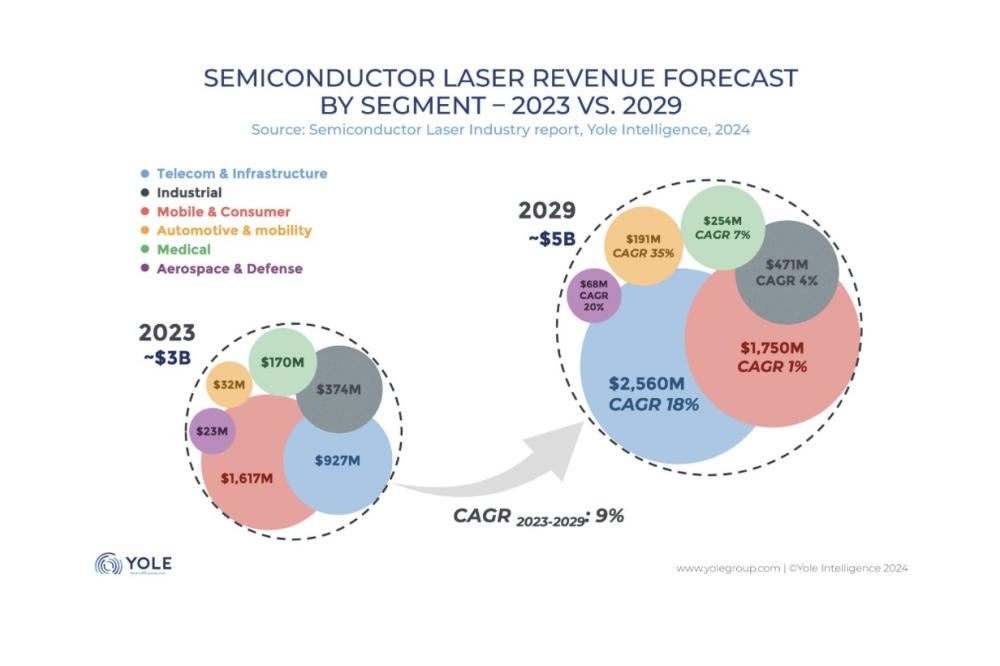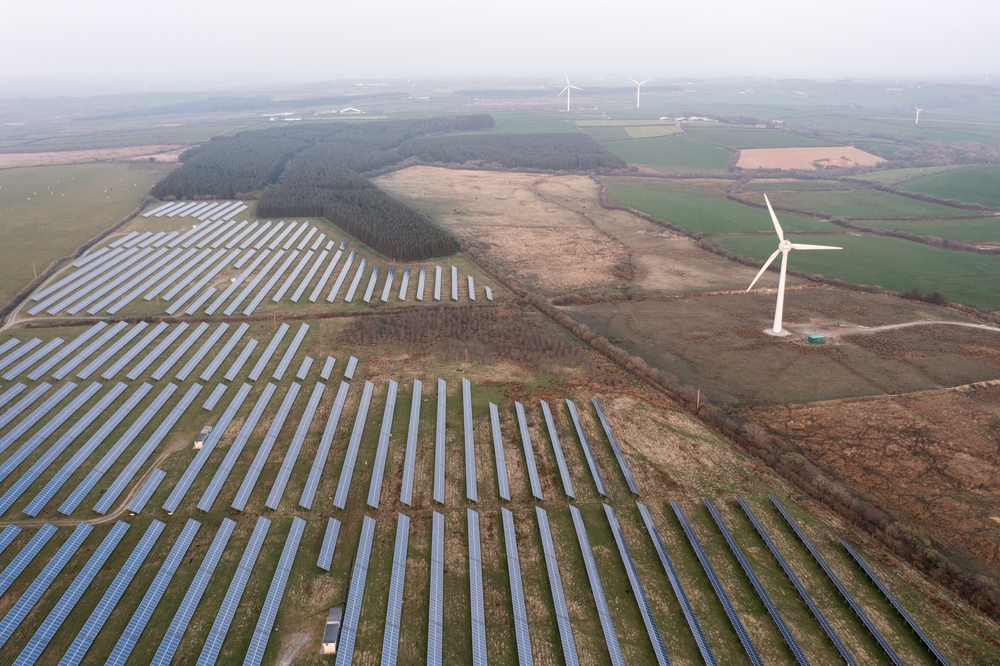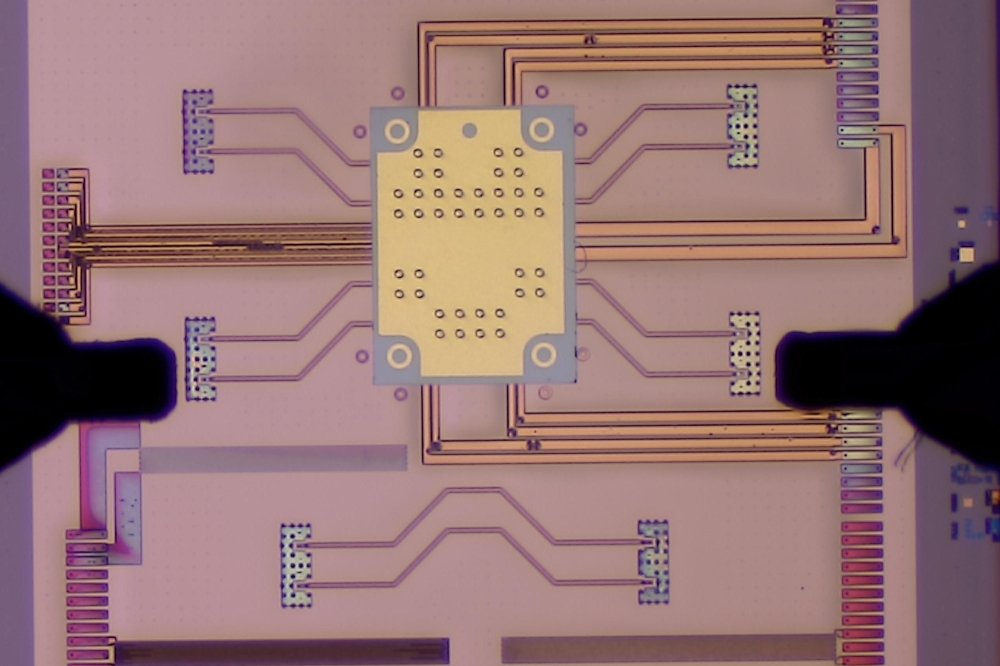Technical Insight
Opto News (Opto News)
Spectrolab GaAs cells take solar car to race victory GaAs solar cells from Spectrolab powered the University of Michigan s solar car to its recent victory in the American Solar Challenge. Designed by the Michigan students, the M-Pulse vehicle used a total of 3000 Spectrolab dual-junction terrestrial solar cells in the race. The team took just nine days to complete the course, which began in Chicago and ended 2248 miles away in California. The winning time was slightly over 56 hours (see ). The solar panels generated enough power to charge the batteries even when the car was running at 55 mph. Under normal weather conditions, the cells electrical output was about 1200 W, although they could generate up to 1600 W as a result of solar energy reflected back from clouds. Headquartered in Sylmar, California, Spectrolab is the largest manufacturer of solar cells for space applications. Spectrolab s dual-junction cells comprise GaInP2 and GaAs regions epitaxially grown in series on Ge substrates. Each junction converts energy from a different portion of the solar spectrum, which increases the efficiency compared with a single junction. The cell is designed to be 23.7% efficient in terrestrial applications. The company also provides triple-junction solar cells that have an efficiency of 29%. Cell manufacturers such as Spectrolab and Tecstar are currently working on solar cells with an increased efficiency of 40% (see Compound Semiconductor August 2001, p29). Tecstar solar cells head out for Mars Tecstar has announced that its new TEC 3i solar cell has been chosen to power the latest Martian exploration spacecraft being developed by NASA and the Jet Propulsion Laboratory (JPL). The Mars Exploration Rover (MER) is the newest vehicle designed to carry instruments, including cameras and spectrometers, to the surface to find out whether or not water has been present in the planet s history. Tecstar is working with JPL staff to test and build the solar panels that will give the MER the power to get to Mars. The solar panels will also enable it to travel on the surface as far as 100 km in a Martian day. Tecstar claims that the TEC 3i has the largest format of any high-efficiency solar cell available. It incorporates Tecstar s monolithically grown bypass diode that increases cell lifetime but reduces weight. The latter factor is crucial for launch payloads (see Compound Semiconductor August 2001, p29). Replacement arrays on offer from IMC Industrial Microphotonics Company, a division of Cutting Edge Optronics (CEO) that specializes in laser-diode bars and arrays, is now offering replacement diode arrays compatible with models that are no longer commercially available. "Owners of diode-pumped lasers that have been working well for the past several years are looking to replace diode arrays that have finally worn out," said IMC s director Ted Konopelski. "Because the original manufacturers of many of these diode arrays no longer develop these products, we have been providing limited quantities of cost-effective replacement arrays." CEO inherited TRW s laser-produced plasma and extreme-ultraviolet laser activities when TRW purchased the company last year for $19 million in cash. The company s products now range from 1 W semiconductor lasers through to multi-kilowatt diode-pumped solid-state lasers.































